
About Us

My Expedition
Arctic

5 mins read
Kayaking Among Icebergs: A Bucket List Experience in Greenland
There’s a moment, somewhere between a paddle stroke and a heartbeat, when the world falls silent and all you hear is the gentle creak of shifting ice. That’s what it feels like to embark on an iceberg kayaking experience in Greenland. The air is crisp, the sea glassy and cold, and the icebergs around you tower like floating cathedrals. For those who crave authentic exploration, this is Arctic travel at its finest — a rare opportunity to experience this stunning part of the world from water level, where every ripple tells a story. We’ve guided travelers through Greenland’s labyrinth of fjords and coastal villages for decades, and each voyage reminds us that this land is alive in ways you can’t fully understand until you paddle through it yourself. If this calls to your sense of adventure, explore our Greenland to Newfoundland: Mountains, Wildlife and Viking History expedition or see our range of Arctic expeditions designed for explorers who prefer to travel beyond the familiar. The Rhythm of the Arctic Kayaking along Greenland’s coast is both peaceful and thrilling. The rhythm of paddling becomes almost meditative, broken only by the sound of ice cracking in the distance. Around you, monumental icebergs drift in shades of blue and white, sculpted by time and temperature. Some are the size of city blocks, others no larger than a cabin. As you glide closer, you notice the texture of the ice — intricate patterns that shimmer like glass in the polar sun. Every iceberg carries its own personality. Some tilt and roll, others hum quietly as trapped air escapes in soft hisses. These waters are where Arctic adventure […]
Read Post

4 mins read
What It’s Like to Sail Across the North Atlantic to the Arctic
Read Post

4 mins read
Whales of the High Arctic: Species You’ll Encounter in Svalbard
Read Post

4 mins read
Polar Trips Filled with Active Off-ship Adventures
Read Post

4 mins read
Practicing Wellness on an Arctic Expedition
Read Post

4 mins read
Polar Bear Viewing Ethics and New Distance Rules in Svalbard
Read Post

4 mins read
The Power of Solitude and Self-Reflection in the Polar Regions
Read Post

4 mins read
Iceberg Photography Tips from Expedition Experts
Read Post

4 mins read
Bird Migration Stories: Barnacle Geese in Svalbard
Read Post

4 mins read
Learn About the Rich Inuit Culture on an Arctic Cruise
Read Post

4 mins read
Discover the Northern Lights on an Arctic Cruise
Read Post
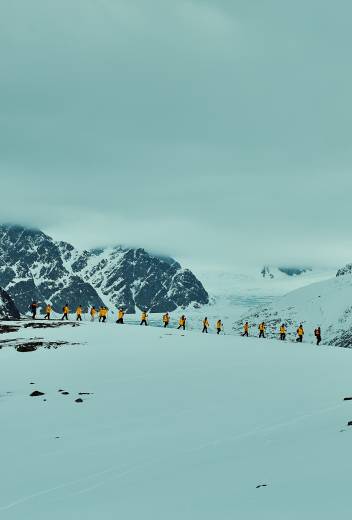
4 mins read
Witness the Midnight Sun: An Unforgettable First Journey to the Arctic Summer
Read Post
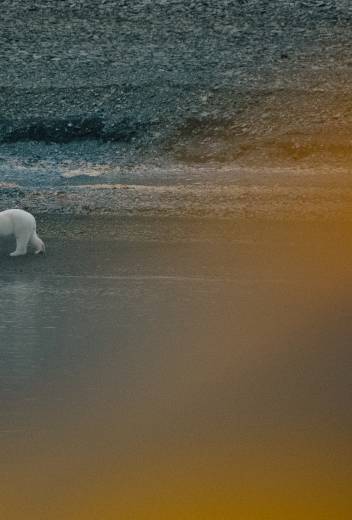
4 mins read
Above the World: Discovering the Untamed Beauty of the Canadian High Arctic
Read Post

5 mins read
Solo Travel to the Polar Regions: Why It’s Trending in 2025
Read Post

5 mins read
Polar Travel Trends for 2025: Why More Adventurers Are Choosing Arctic and Antarctic Cruises
Read Post
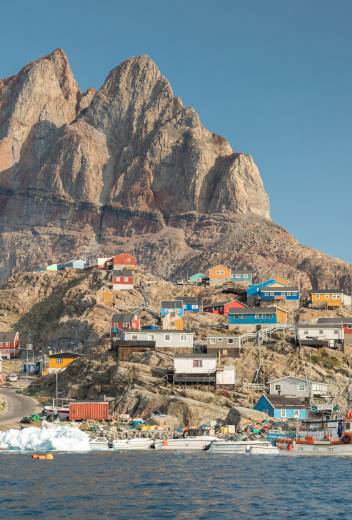
5 mins read
Greenland’s Growing Accessibility: Why It’s a Must-Visit Destination in 2025
Read Post

4 mins read
The Arctic Circle Challenge: Why Every Adventurer Should Experience the Polar Region
Read Post

3 mins read
Chasing the Northern Lights: The Ultimate Arctic Adventure
Read Post
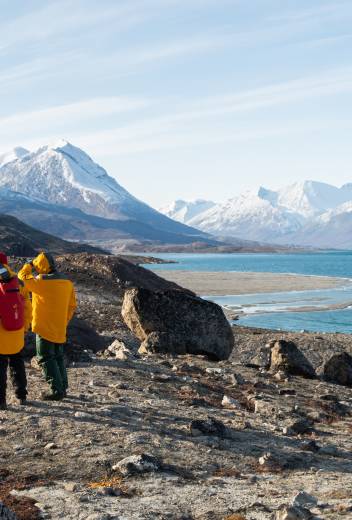
3 mins read
Backpacker's Guide to Arctic Exploration
Read Post
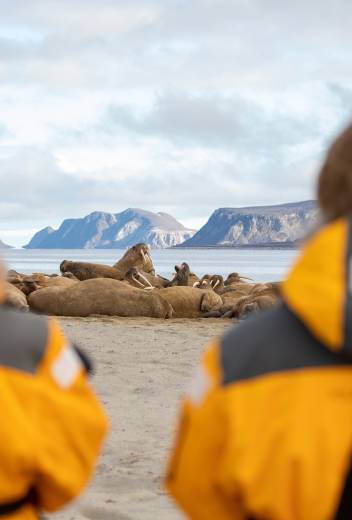
3 mins read
A Day in the Life of an Arctic Explorer: Behind the Scenes of Polar Expeditions
Read Post
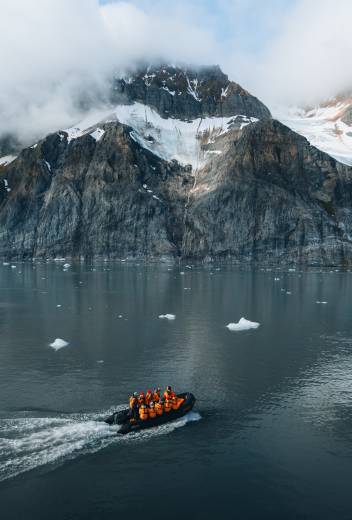
3 mins read
Polar Bears, Glaciers, and Beyond: The Top Wildlife and Adventure Experiences in Svalbard
Read Post

2 mins read
5 Reasons Why the Arctic Should Be Your Next Adventure Destination
Read Post
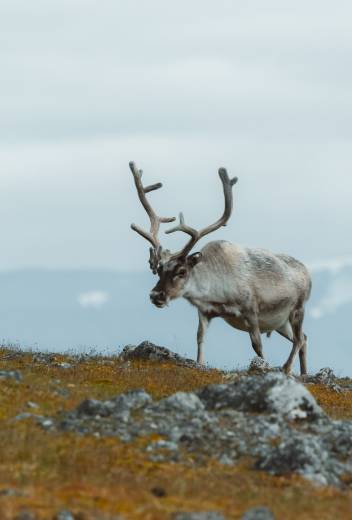
4 mins read
Unveiling Svalbard: A Comprehensive Guide to Arctic Expeditions and Wildlife Encounters
Read Post
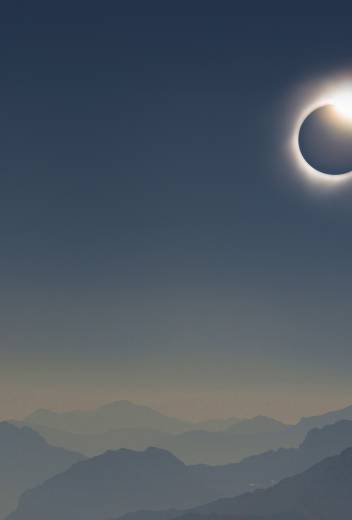
1 min read
Fire, Ice & The Eclipse – Introducing Our New Arctic 2026 Season
Read Post




